All Stories
-
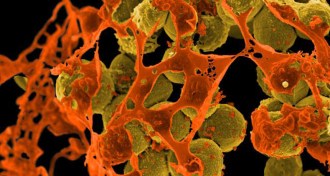 Genetics
GeneticsQuicker sepsis diagnosis may be a step closer
Identifying genes linked with sepsis may make it possible to develop a blood test to diagnose the infection days sooner than current methods.
-
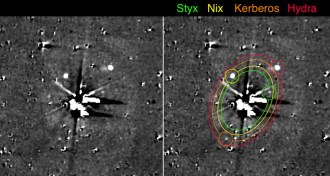 Planetary Science
Planetary ScienceNew Horizons probe takes family photo of Pluto’s moons
The New Horizons spacecraft finally spied Pluto's two tiniest satellites, Kerberos and Styx, in a series of images taken from April 25, 2015 to May 1, 2015.
-
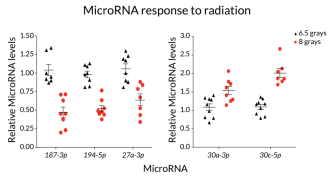 Genetics
GeneticsMicroRNAs track radiation doses
MicroRNAs in the blood may indicate radiation damage, a study of mice finds.
-
 Physics
PhysicsElectron pairs can take the heat
Electrons have been found pairing up for the first time in a solid that is not in a superconducting state.
By Andrew Grant -
 Math
MathComputer program rivals top poker players in complex card game
A computer program held its own against the world’s best heads-up no-limit Texas Hold’em poker players.
By Andrew Grant -
 Health & Medicine
Health & MedicineBirth-weight boost tied to cleaner air during Beijing Olympics
Babies whose eighth month of gestation fell during the 2008 Beijing Olympics were born slightly heavier than babies born a year earlier or later, a stark indication of the effects of pollution on development.
-
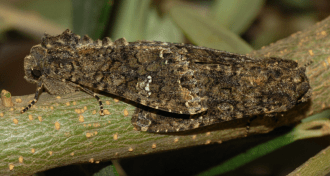 Animals
AnimalsNighttime light pollution sabotages sex pheromones of moths
Artificial lighting at night can trick female moths into releasing skimpy, odd-smelling sex pheromones.
By Susan Milius -
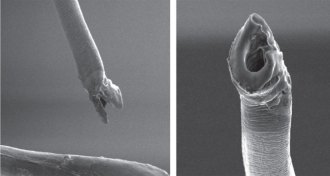 Animals
AnimalsPruning bug genitals revives puzzle of extra-long males
Surgical approach highlights question of length mismatch in his and hers morphologies.
By Susan Milius -
 Health & Medicine
Health & MedicineToo much light slows brown fat, suggesting link with obesity
Brown fat is supposed to be the friendly kind, but making the days longer with artificial light may turn it into an enemy in the battle against obesity.
-
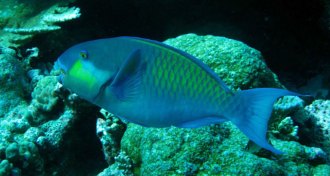 Animals
AnimalsAn island in the Maldives is made of parrotfish poop
Coral-eating parrotfish create much of the sediment that a reef island is made of, a new study finds.
-
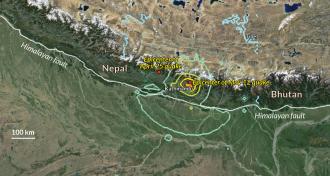 Earth
EarthAnother strong quake strikes Nepal
A magnitude 7.3 earthquake hit eastern Nepal on May 12, just 17 days after one that killed more than 8,000 people in the region.
-
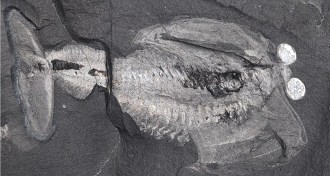 Paleontology
PaleontologyAncient brain fossils hint at body evolution of creepy-crawlies
Fossilized brains — found in the Burgess Shale in western Canada — offer clues to how arthropods morphed from soft- to hard-bodied animals.